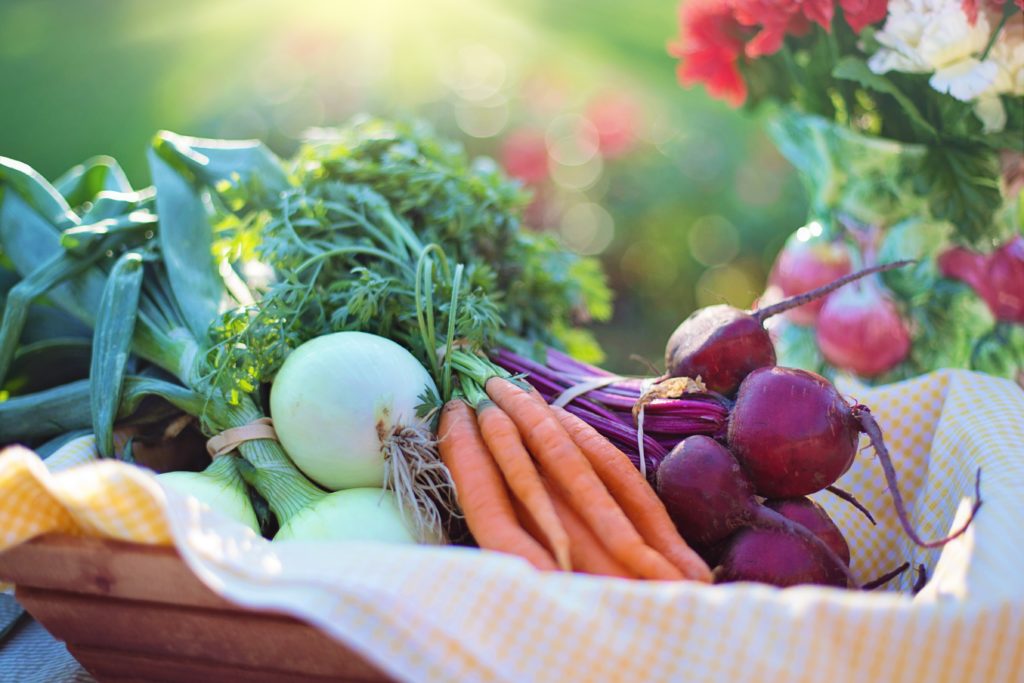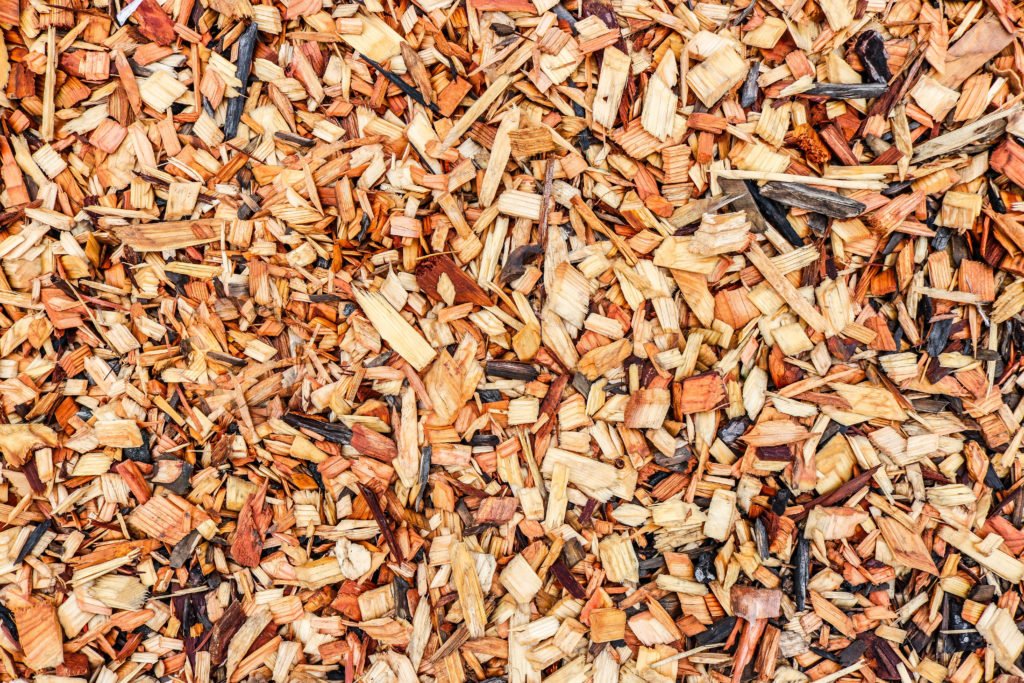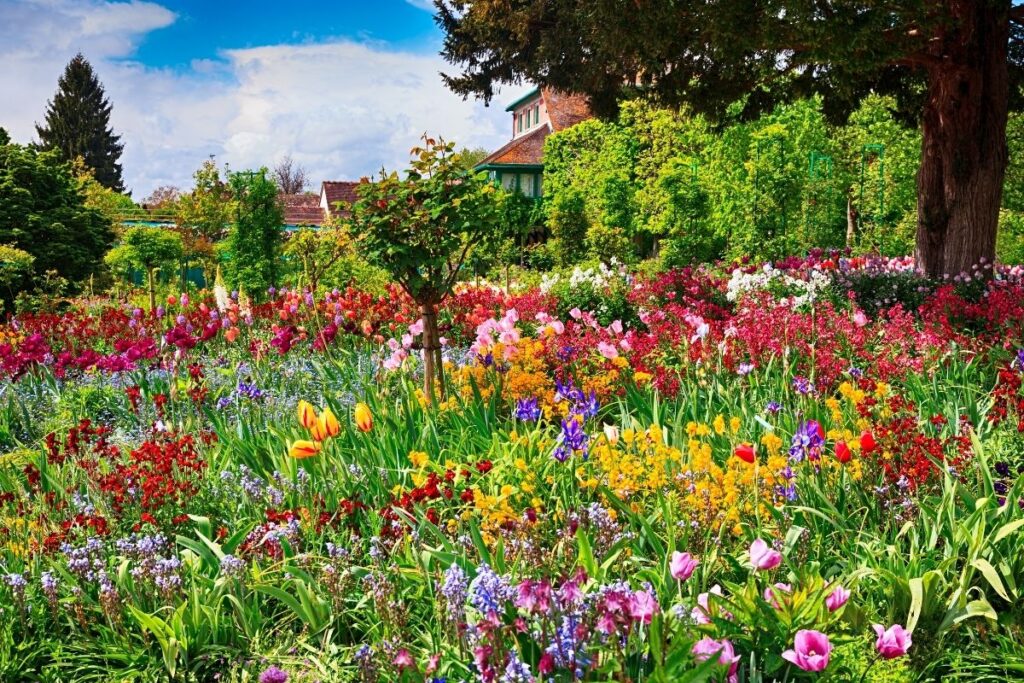The biggest concern for backyard gardeners is that the cucumber leaves begin to turn yellow.
Growing cucumber is a favorite activity for me and my kids. We love to pull them off the vine in abundance and make a ton of pickles throughout the summer.
Sometimes, however, we notice that our cucumber leaves are turning yellow. Once we see signs of distress, we know we have to course correct to be sure to save our favorite crop.
While cucumbers are relatively low maintenance and easy to grow, you want to be sure to look for signs that your plant may be in trouble.
Why Do Cucumber Leaves Turn Yellow?
Let’s take a look at some of the reasons for yellowing cucumber leaves and how to solve the problem.
Before you start assessing and treating the problem, you’ll want to remove the yellowing leaves from the plant to prevent further damage.
Using clean garden shears, chop off any dead or dying leaves and stems and discard.
How to fix yellow cucumber leaves
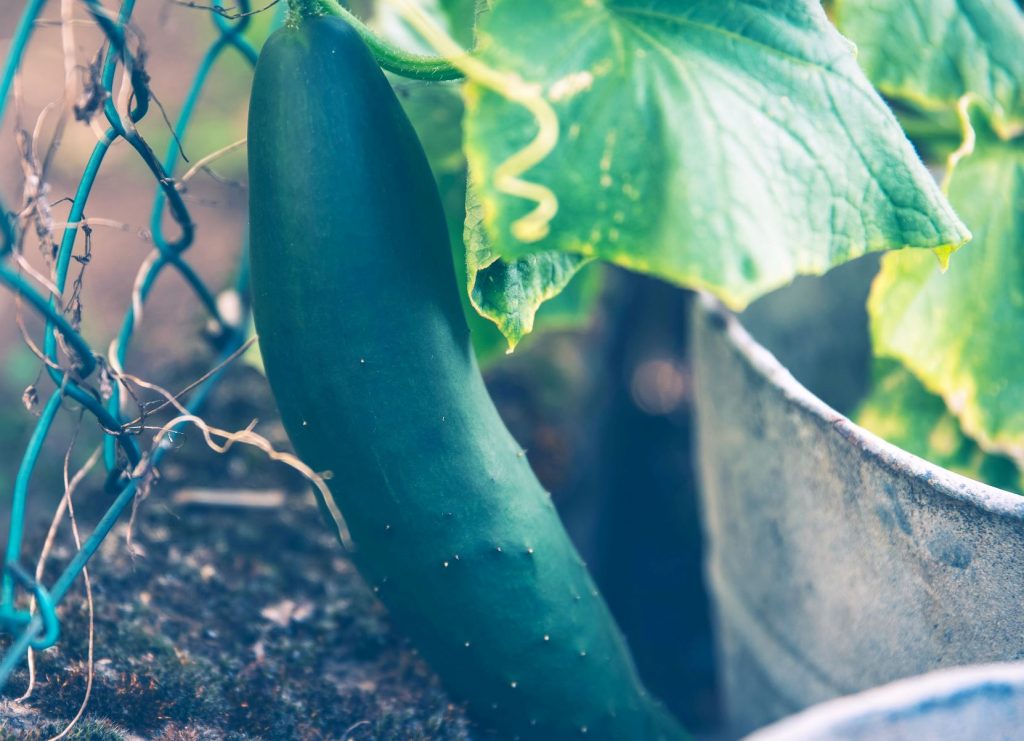
There are typically 5 main reasons why your cucumber plant seems distressed. Whether the leaves are dying, turning brown, or yellow, or simply not producing, you’ll find the reason here.
Culprit #1: Poor Plant Nutrition
One major reason for why cucumber leaves to turn yellow is a deficiency in nitrogen. If a nitrogen deficiency is the problem, you’ll notice the leaves start to turn a pale green, then turn to yellow. Once the color of the leaves change, the plant will then die off.
Solution #1
You can do a soil test to confirm this is the issue by taking a soil sample test kit using a simple Luster Leaf 1601 Rapitest Test Kit for Soil.
Otherwise, a visual assessment is usually enough to confirm.
Solution #2
Once you’ve confirmed the problem is actually the lack of nitrogen, you can easily fix it!
To fix low nitrogen and help your cucumber plant flourish, simply add compost or manure to the soil and rake it in well. Having well-balanced, nutrient-rich soil is imperative to garden health!
You can also fertilize the soil with nutrient-rich ingredients using a 6-10-10 fertilizer.
Or, you can use a nitrogen-based fertilizer to really get at the root cause such as Burpee Organic Blood Meal Fertilizer.
![cucumber leaves yellow flowers - Why Cucumber Leaves Turn Yellow [and how to fix it!]](https://www.ahappygarden.com/wp-content/uploads/2021/07/cucumber-leaves-yellow-flowers-1024x576.jpg)
Culprit #2: Watering Problems
If you’re asking yourself “how often should I water my cucumber plants?” then read on!
While cucumbers are made up of mostly water, too much isn’t a good thing. At the same time, they need a lot of water to thrive! But too much water can drown the roots and prevent much needed oxygen from reaching them, suffocating the plant.
So, what does an overwatered cucumber plant look like? It will turn yellow and wilt.
Solution #1
If you suspect overwatering, reduce the amount your sprinklers are on! Aim for 1-2 inches of water a week. That is about 30-40 minutes a day at the height of summer.
If you’ve experienced heavy rainfall, feel free to skip watering your plants the day after.
Solution #2
If you suspect underwatering, then…you guessed it…water them more! You’ll know if underwatering is the culprit by assessing the soil. Does the soil look dry, cracked, or gray?
Does it feel dry if you stick your finger in several inches? If so, you need to water more often. You can also use a soil moisture measuring device.
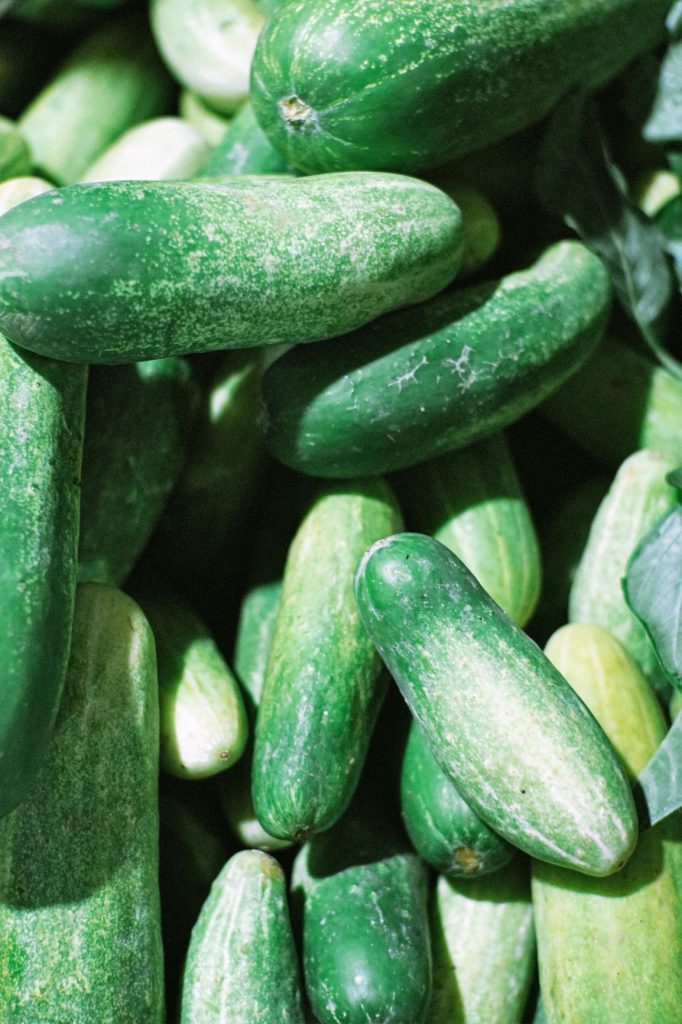
Culprit #3: Insufficient Light
Cucumbers need a LOT of natural light. You should be planting them where they can receive full sun for at least 6 hours a day.
Solution #1
If your cukes are in pots or planters, move them to a more sunlit area of your garden. Because they are a fast-growing vegetable, you can sow new seeds into a new spot in your garden if they are not mobile.
Solution #2:
Give them a trellis to grow. Allowing the sun to hit all areas of the plant is another key to success. They are vines and need something to catch on to and grow.
Bringing them up, off the ground, will help get more sunlight to the base of the plant and also help with air flow which can reduce disease.
Culprit #4: Pests
Out of all of the plant problems in all of the land, this is the one that gets me. I don’t know. Sometimes I wonder why I enjoy gardening so much when I absolutely squirm at the sight of a bug.
So naturally, there are a bunch of pests that can cause yellow cucumber leaves, and wreak havoc on your entire garden.
Get up close to your plant and look for any little bug that is unfamiliar to you. Chances are, you’ll find aphids, whiteflies, potato leafhoppers, and spider mites, as they are among the most common garden pests.
Solution #1
Treat with a garden-safe pesticide. I’m not a fan of harsh chemicals on my backyard garden veggies. It’s one of the reasons I grow them myself because I try to keep them as clean as possible. But sometimes we need to call in the help.
Use an organic pesticide like Neem Oil, or another product like an insecticide soap. Others have found homemade solutions that you can try as well.
I’ve even seen success using duct tape, or a lint roller, to gently lift off the bugs and their eggs from the plant itself!
Culprit #5: Disease
From diseases such as Downy Mildew, mosaic virus, and fungi Verticillium Wilt, your plant is likely a dead one. Unfortunately, if you spot the characteristics of one of these viruses, the best thing to do is to remove it from your garden to reduce the chance of it impacting other plants.
Downy Mildew thrives in humidity and very moist environments. You’ll see leaves that are a pale green to yellow spots form on the upper surface of leaves, and later turn brown. You can try and treat it with a fungicide, however, there are limited organic options.
Mosaic Virus in cucumbers looks like blotchy white and light yellow or green spots all over the leaves. Often times there are irregular shapes during vegetable growth. Otherwise, there is a lot of discoloration in the vegetable itself.
Verticillium Wilt occurs due to a fungus, usually found in the soil. You can identify it when you see the leaves turning yellow, then brown, and eventually dried up. It will look almost burnt as if it has never been watered. The entire plant will begin to wilt and eventually die.
Articles You’ll Love:

